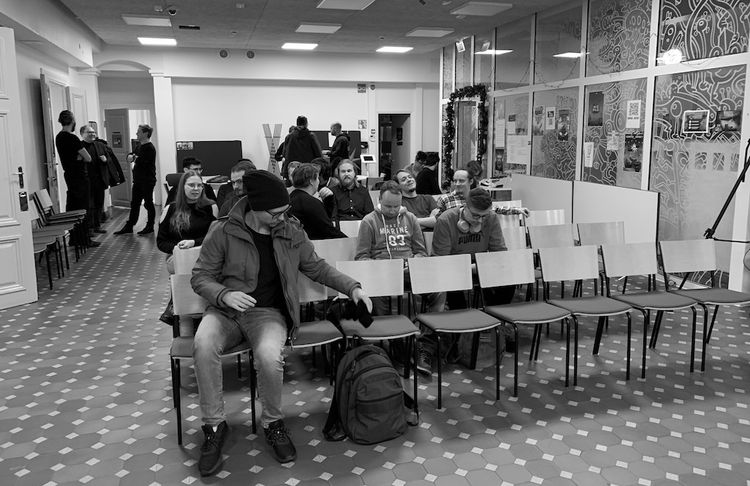EGD News #155 — Game Studio Foundation


Sent on October 7th, 2022.
If you aren’t a subscriber to EGD News, you can subscribe here.
Repeat founders often have a much higher success rate in making a new company successful. The number back up this claim: an article titled “Are Experienced Founders Better?” shares data on the correlation between founder experience and company success.
From the gaming perspective, what is the commonality between successful repeaters versus those that don’t succeed?
Based on countless game studio exits that I’ve observed closely, the most common advantage that these companies had is that the founders had started by building a foundation for great games to be made. And that foundation yielded great games to be made.
Let me elaborate on my insight with a few examples.
Many of you know that most of the Supercell founders had previously been involved with a company called Digital Chocolate, founded by EA founder Trip Hawkins. Many then went through the journey of working under Trip, calling it the Trip Hawkins university.
Mika Tammenkoski, the co-founder and CEO of Metacore (makers of Merge Mansion), was also at Digital Chocolate back in the day. Mika told me on the EGD podcast: “[That was the] school for me. I learned really a lot. Digital Chocolate was at its peak, with about 350 people in four offices. It was quite a big operation at the time. Organizational decisions we made, how we built the company. I feel like I learned a lot from those, especially how not to do things.”
Supercell, also founded by Trip Hawkins university alums, and Metacore have built companies where the organization is structured so that the best people can make the best games. The company’s management is as lean and flat as possible to stay out of the way of the game teams.
Let me bring up more examples from gaming startups that made it big.
Small Giant Games, makers of Empires and Puzzles, which Zynga acquired for $800m in 2018, started in 2014 by doing a game called Oddwings. It was a side-scrolling arcade game that the founding team built. But at the same time, with all their experience working at companies like Sulake (makers of Habbo Hotel), the founding team knew they needed to focus on the organization to make the successful games.
Oddwings didn’t work, but since they had the foundation, they could bring on more talented hires who’d thrive in an environment where the best people could make the best games. The approach I’ve previously written about ultimately led to the discovery of Empires and Puzzles, mainly envisioned by non-founding team members.
The same pattern had repeated with Supercell just five years earlier. The founders had built the foundation while working on Gunshine, their Facebook game. Later, the company succeeded with Clash of Clans and Hay Day.
I’ll give yet another example.
Rovio was founded several years before it became successful. As the story goes, the company went through fifty games before they came up with Angry Birds. It was, again, built by non-founding team members.
All these companies created the foundation for these things to happen; to have a creative talent to be hired and given a chance to come up with the game that would succeed. Why? Because they had the insight to know that you aren’t starting a company to build a game, you are starting a company to build a company that makes games.
(Photo by Danist Soh on Unsplash)





